Moth Trap - 30th March 2024 (first trapping session of the year!)
Sharing the results from my latest Moth Trap Session. I have written posts about setting up a moth trap and on collecting the results if you want some more background info on how and why I use a Moth Trap


Date: 30th March 2024
Weather:
Nearly 6 months have passed since the last session, way back in September 2023. I have mentioned several times before that while Moths can be seen in all seasons (and mosts weathers) throughout the year, the key time is from late Spring through Summer and to the middle of Autumn. In the Winter months there is a real drop of in both the numbers of different species seen, and also in volume too.
As such, due to previous expereinace, I no longer bother trapping during the 'low' season... just not worth the effort.
Today though, we are now in the middle of Spring. This is a time when some species begin to emerge, and on days with good weather conditions, it is worth a punt just to see what is flying about in the night.
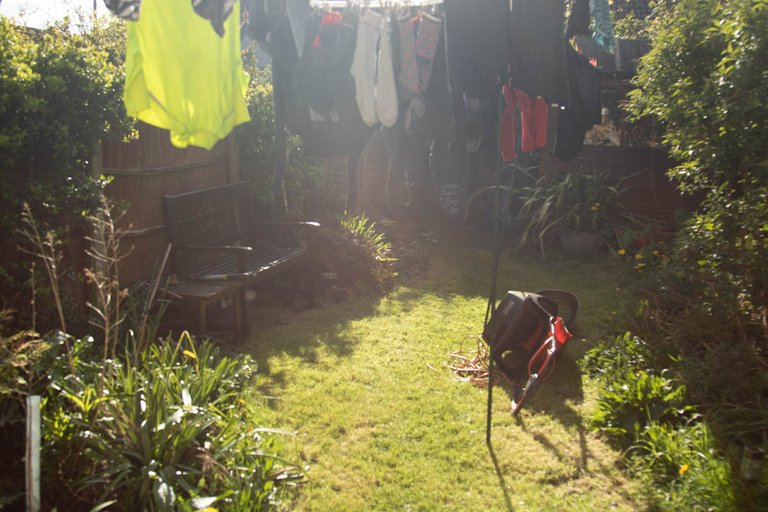
Talking of weather... here in Lincolnshire (and in fact much of the UK) we have had a very, VERY wet and windy Winter. So wet and windy that it has become a little boring quite frankly, and we are all waiting impatiently for a spell of warm dry weather.
We are not quite getting that here yet, but it does look like we have managed to get some nice weather this weekend.
I do mean weekend, the rain and winds return on Monday!
Today was the first time I could actually hang washing out on the line, and the grass was finally 'dry enough' to get the first cut of the year done.
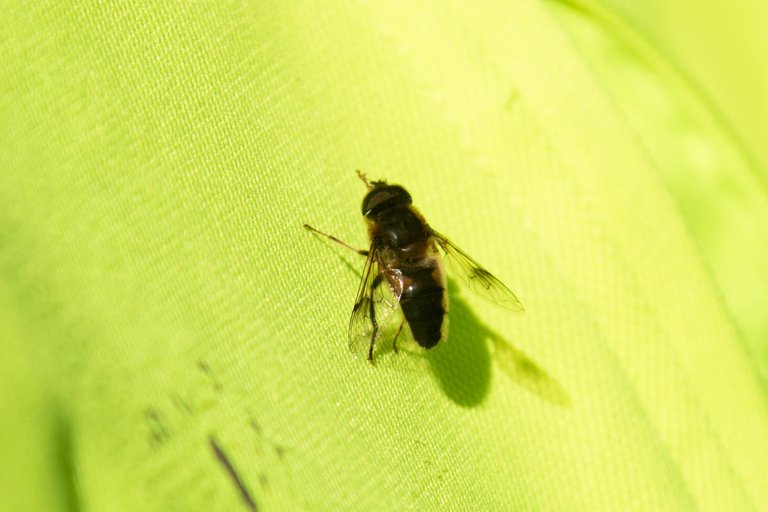
And while I was poking around in the garden, I noticed some insect activity, such as this Drone Hoverfly (Eristalis tenax/pertinax) resting in the sunshine on one of my tshirts
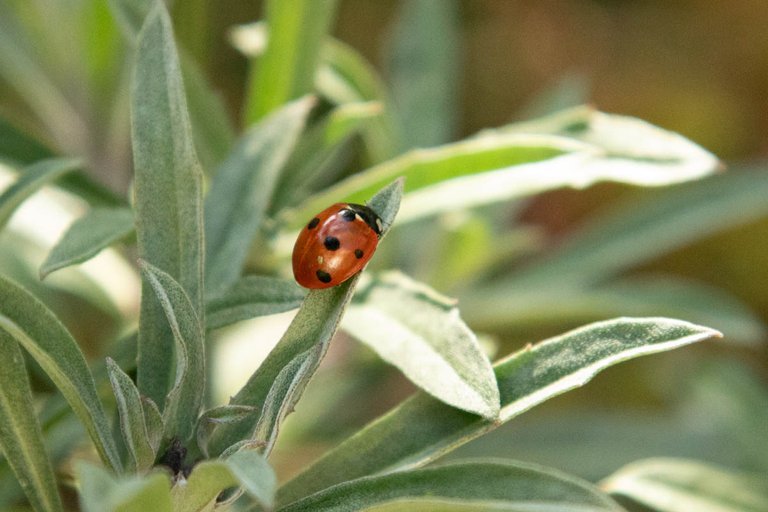
There seemed to be a million 7-spot Ladybirds (Coccinella septempunctata)!
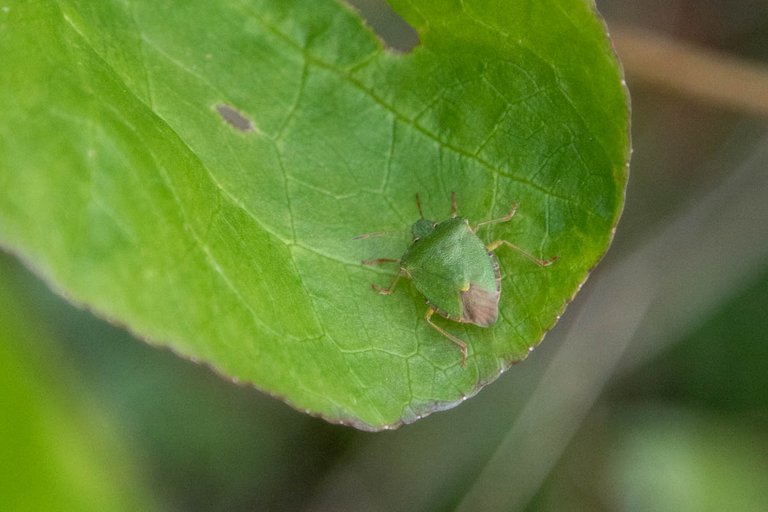
And I spotted this Common Green Shieldbug (Palomena prasina) trying to hide on this leaf
Its been ages since I have gone on a little 'Garden Safari' and it was lovely to slowly look around the garden to see what I could find
There were even some flowers which had begun to appear, such as these delicate Forget-me-nots seen below.
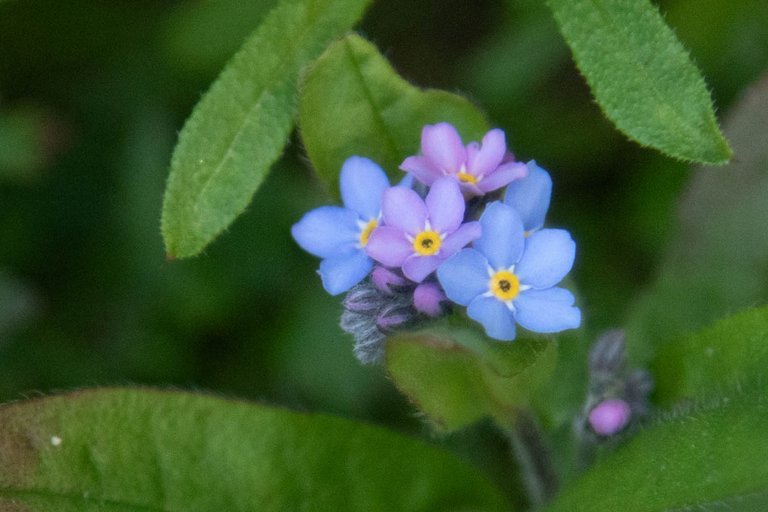
All this activity, made me wonder if it was time to dust off the Moth Trap after so long. A quick check of the weather forecast revealed it would be dry all night, with just a light breeze from the south-east. It is currently relatively mild for the time of year at 13C during the day. The only negative would be the clear skies this evening, which would make the temperatures plummet.
But on the whole, I felt that it was definitely worth taking a chance!
Lights on, pots at the ready... Here. We. Go!
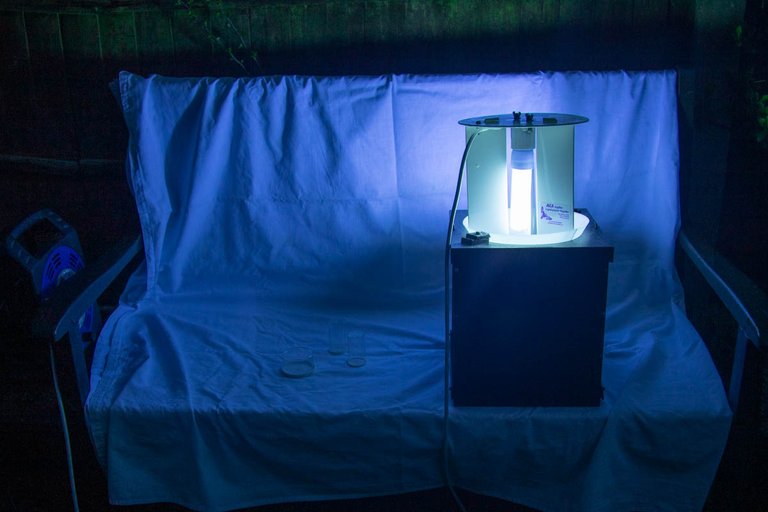
Results: 3 moths of 3 species

Summary of Results:
Ah... 3 moths in total
To be fair, I knew I'd be lucky to see any, its still very early in the season.
I turned my light on just as dusk was falling around 7pm... and the plan was to wait 'til midnight to see what appeared. However by 10pm the temperature had already plummeted to 6C, and I decided it wasn't worth the effort of keeping it on anymore. In the end, I turned it all of by 10:30pm
I did however see 3 species, which at least gets my year off to a start

Double-striped Pug - Gymnoscelis rufifasciata
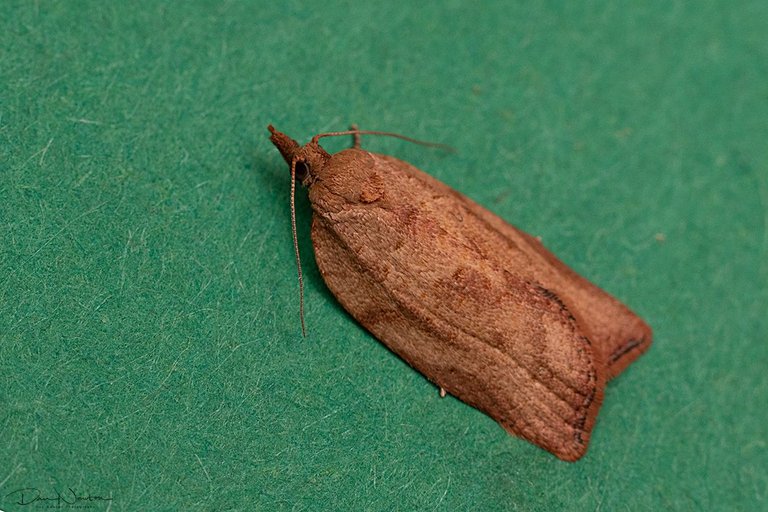
Light Brown Apple Moth - Epiphyas postvittana
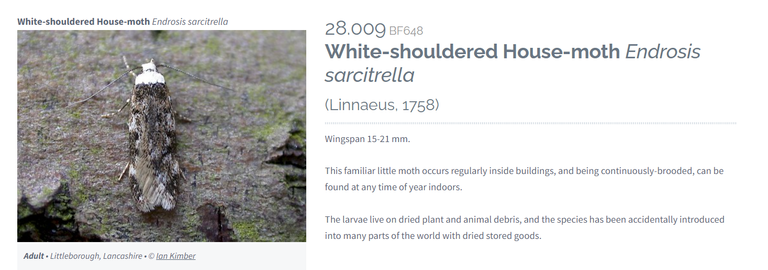
(source)
White-shouldered House-moth - Endrosis sarcitrella
The first 2 images are mine from previous trapping sessions, the last one is unfortunately a screenshot. The white-shouldered house moth is so common here that I haven't even bothered taking a phot of it... almost because it is so 'boring'. Thats not fair, it's just as interest as any other species, and it also means that my 'library of species images' is actually incomplete
Note to self: take a picture of one of these when I next see it, just to tick it off the list!

Anyway.... that was my first session for the year completed. I have added my meagre results to the spreadsheet for my records, and I guess in a week or so's time I will try again to see if I have any better luck!
What will happen next time? Will it be busy and chaotic? Will it be quieter? Will I find something new to record?
Well, once again, there is only one way to find out!

Notes on Pictures: Since I started moth trapping 5 years ago, I have been slowly building up collection of Library Images. The idea being that once I have taken a picture of a particular species of Moth, I don't need another picture of the same species a year later. It’s a waste of time and energy. I only take pictures of new species, or of moths that are difficult to ID, so I can get the records verified.
While in my care, all individuals are looked after, and after Photographs have been taken, they are all released safely outside.
All names confirmed and checked via Wikispieces
Further Research from UK Moths and NatureSpot

If you have any thoughts or opinions on this article then I'd love to see your comments.
And if you really like the content then maybe you would like to upvote or re-hive it.

Check out my website for more of my work.

Hi @dannewton,
Thank you for participating in the #teamuk curated tag. We have upvoted your quality content.
For more information visit our discord https://discord.gg/8CVx2Am
I guess it is always easy to make run in the morning much more than when the sun has set out
👏 Keep Up the good work on Hive ♦️ 👏
🙏 Don't forget to Support Back 🙏
Congratulations @dannewton! You have completed the following achievement on the Hive blockchain And have been rewarded with New badge(s)
Your next target is to reach 31000 upvotes.
You can view your badges on your board and compare yourself to others in the Ranking
If you no longer want to receive notifications, reply to this comment with the word
STOPCheck out our last posts:
The white shoulders are sure eye catching, for all it's so common. I'll be looking for your photo for the ticking off...
Yep... its not the only thing that gets overlooked just because they are 'common' or 'widespread' there's plenty of birds and flowers which get missed as I see them everyday day, and thus no longer deem them to be interesting enough to warrant photographing.
I'll deffo get a pic next time (although knowing my luck, I won't see another White shouldered house moth for 6 months. and I'll forget again! 🤣 )
Always excited to see your moth trap posts!!! Hopefully you get more this summer.
I think both you and @goldenoakfarm are my biggest (and maybe only?) fans with these... ;-)
But yes, it may take awhile to get going as I'm only going to be trapping when the weathers good, i.e Warmer. Hopefully by the end of May these will be appearing once a week again
Me and @goldenoakfarm are gonna make @dannewton Moth Trap Fan Club t-shirts.
I think I remember you having like 15 moths in a trap once last summer..?
Cool idea!
That would be pretty cool! Gotta share the moth appreciation far and wide!
15?
pfft... in the middle of Summer I can get over 100 moths, comprising of nearly 50 different species (weather dependent of course!)
I was gonna try running a trap session tonight, but its blowing a gale out there... all my little mothy buddies will be hunkered down sheltering out of the wind
Ooooo maybe put up a little sign in moth language advertising a wind shelter and free beer!
I love wet weathers but not extremely wet though
Nice pictures
You gave us the best!
At least you got something. I'm seeing some insect activity in our garden. Lots of bumblebees and some ladybirds. We have some plans for the garden that will include help for the bugs.
!PIZZA
True, something is always better than nothing... I'd see an assortment of bees in the sunshine too, some Bumblebees and then some smaller Mining Bees
I'm sure they will appreciate that, just having some space set aside for them will help! ❤️
$PIZZA slices delivered:
@steevc(3/5) tipped @dannewton
But this is brilliant! What a fun experiment?! 🤩 A couple of years ago I met a bee enthusiast up in Dundee who was researching variations of bee species in Scotland in relation to local flora. She was primarily interested in whether the native species was being overpowered out of home and habitat. This reminds me so much of the work she was doing! Nice records - though I pity the poor white-shouldered house moth, haha! It can’t help being common!
yep... its a great example of citizen science in action. There are hundreds of us across the country, who regularly collect data. Some people are more diligent that others... i know people who run sessions 4-5 times a week, generally I only do it once a week here, unless the weather is particularly interesting.
At the end of the year, all records are sent to regional/county moth recorders to check/approve/query records, and then that is all handed to to yearly totals. Over time we can analyse the date to see changes in population trends (spoiler, for many species, numbers are decreasing). They can also see the change in the 'range' of each species, so species seen country wide may become restricted to just the South East of England, or some other species can increase their range so they can be seen more often further north as the years pass.
All this requires raw data to analyse so thats what I help with with many others when we run these trapping sessions.
I do record other species of insect/mamaml/bird as I see them, but generally my biggest
obsessionfocus is moths.Check out this POST from last year to get an idea on what I can see in the summer
(I also take it on holiday such as HERE on the edge of Dalbeatie, near Dumfries last year)
Oh wow, @dannewton - that's truly incredible! 🤩 How amazing to think about the impact of your efforts in contributing to understanding population trends and distribution changes of various species, especially with the decline you mentioned in many... The bee-watcher up in Dundee noted the same sad fact. Native bee species are certainly on the decline - at the time I met her she hadn't managed to catch any, despite having placed bee traps all over the northern bank of the Firth of Tay.
I really think your research is amazing though... It's clearly vital, ecologically - you're essentially part of a detective team, gathering clues and insights that could help inform conservation efforts - haha. I can only imagine the wealth of knowledge and experiences you've accumulated through your observations. I wonder... what are moths attracted to, asides from "the light"? How do your readings vary if you were to put traps up in different locations in the same area - near habitats where people live, near specific plant species, near ponds or lakes. I don't know! Has your research given you any insight into this?
Also, just an observation, but aren't moths beautiful?
I've just come across your Introduction post 😅 I guess the answers to my question lie with the Official Moth Recorder. What a spreadsheet! Also, the Elephant Hawkmoth... stunning!?
Butterflies that are of different colors are very nice
https://twitter.com/lee19389/status/1776273612401487986
#hive #posh
Researching moths can indeed be a fascinating job. I learned in high school science that they are good pollinators. However, personally, I don't like moths much because they often create holes in our clothes.
ah yes, they are good pollinators, and often get forgotten about compared to Bee's etc
Regarding pests, while it is true that some moths can be a nuisance, it is worth remembering that it is only a few species. In the UK there are 2500 species of moth, and of those only 5 can be considered pests in the home (2 feed on natural fibres i.e. clothes, 3 other species feed on food sources such as grain and wheat)